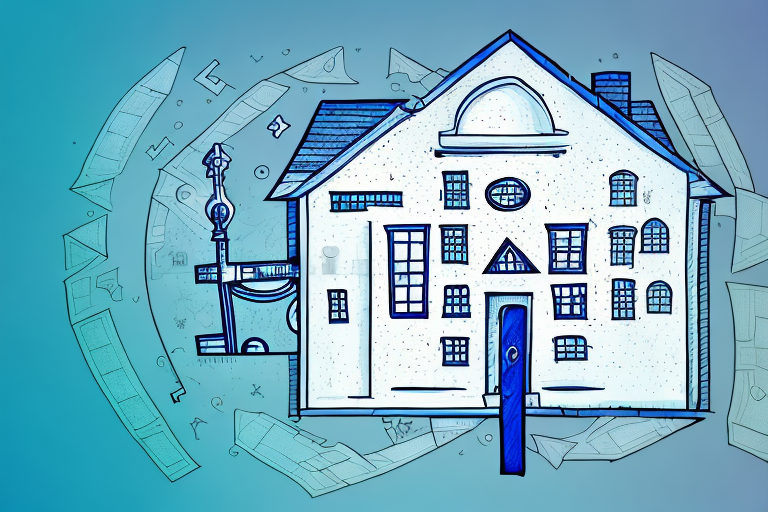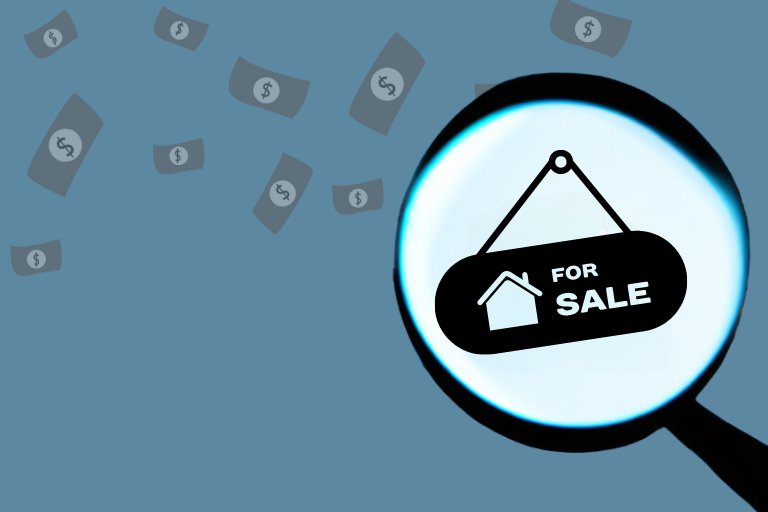For most of us, we’ve been brought up hearing that debt is bad. From an early age, our parents tell us to stay out of debt and do whatever we can to avoid it.
While there are some types of debt that are bad — think car loans and credit cards — when it comes to property, the more debt you have, the better off you’re going to be.
When faced with the prospect of buying an investment property, a lot of buyers will often turn to cheaper regional areas. In these types of locations, you might be able to pick up a property for $300,000.
What that means is that after putting down a deposit, you’re not going to have a very big mortgage to worry about. And while that might help some people sleep well at night, your risk is actually a lot higher.
Think about what that money is actually buying you. A $300,000 property is cheap for a reason. If it’s a property in a regional area, it’s likely that demand is far lower than what you would typically see in a city area.
Demand is lower because there are fewer people who want housing in that location. That’s often because there are fewer employment opportunities. At the same time, the income levels in these areas are also lower.
So while your mortgage is lower, there are clearly risks here that could weigh on the value of your property. Even if there are no outside shocks to the local economy, you still need to have rising wages or a growing population to help drive the value of property in that area. That’s why when we examine the long-term history of property prices in many regional areas, we see long periods where prices have flatlined.
While we’ve had a few years where prices have grown a lot, what’s happened over the past 20 years? And more importantly, how does this compare to other locations in the city areas?
On the flip side, if you purchase a more expensive property and end up with $1 million in debt, how much risk are you actually taking on?
If you look at the history of the suburb and it’s in a blue-chip area, the odds are that prices have grown steadily over time. It’s also highly likely that people want to live in that location and that the incomes of the people who live there are already high.
So when we look at the risks of carrying that $1 million in debt, the risk isn’t really with the property at all. The main risk comes from your ability to be able to continue to make the repayments.
However, if you think about a worst-case scenario and you find yourself in a situation where you aren’t able to manage the mortgage anymore, the main thing you would want in that situation is a high-quality property that you could sell quickly and at a good price.
That’s actually the best form of risk mitigation. If you’ve got buyers lined up to purchase your property because you bought well in the first place, how much risk are you really taking on?
And when your $1 million plus property increases in value, your equity increases at a far quicker rate than a lower-priced property. That gives you another cushion in the event that something does happen to your ability to earn an income.
When in doubt, always look towards quality. Despite a higher price tag, your risk is actually far lower.
If you are interested in the above, feel free to reach out to a Henderson buyers agent today for more information.







